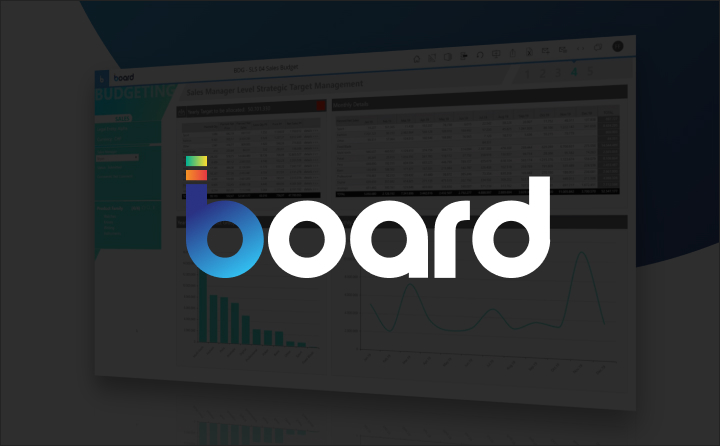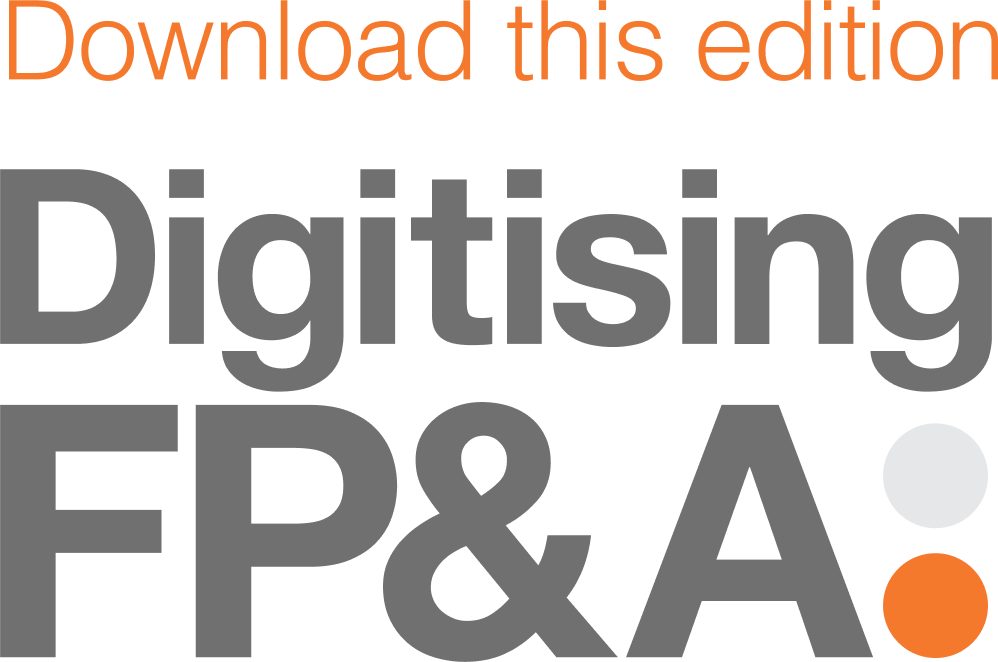GK Horizons had come across something quite interesting in the past couple of days. Adaptive Insights inquired into the Chartered Institute of Management Accountants (CIMA) to find out how financial planning tools are being used today.
The results of the CIMA study showed quite alarming results of behaviour with many financial professionals, including C-levels, using spreadsheets rather than professional financial tools to do their budgeting and forecasting. In June this year, the survey covered 247 companies with more than 100 employees in the UK. Some of the highlights from the survey results include:
- 43% are dissatisfied with the speed and accuracy of the existing system
- 63% spend at least three days formulating financial reports
- 40% struggle to visualise data preventing them seeing variances against prior periods and financial plans
- 81% are open to cloud as an alternative to their existing solutions
- Only 25% have a what-if analysis tool while a further 60% are interested in having one
- 42% reforecast monthly while a further 40% reforecast every quarter

Matthew Grove from GK Horizons, an award winning Australian and NZ based partner of Adaptive Insights, has commented on the study by stating that, “No Executive or company owner deserves to have inadequate reports, or have to wait too long to get them.”
Excel Spreadsheets are useful, but in most cases do not allow for a collaboration in the budgeting process nor allow businesses to forecast more frequently at the required level of detail.
“By using spreadsheets, the time taken to recalculate forecasts and the frequency with which some companies are having to re-forecast means that companies are unable to react quickly to changes in market conditions,” stated Matthew. “If 81% of finance professionals are open to the cloud as an alternative to their existing solutions, why are companies still employing an obsolete, non-efficient way (Excel) to budget and forecast?”
Companies are increasingly demanding that finance steps up to playing a wider role in business operations. FP&A managers must evaluate different business scenarios and identify better opportunities, rather than spending all their time inputting data and formulating reports. With the right tools at their fingertips – such as what-if scenarios, driver based planning and rolling forecasts that take the guess work out of planning – they can become the enablers behind the ideas that give a business a competitive edge.
It’s never too late to rehabilitate oneself from S.A.S (Spreadsheet Attachment Syndrome). If you want to know more about how cloud based budgeting and forecasting software can transform your organisation, please contact us.









